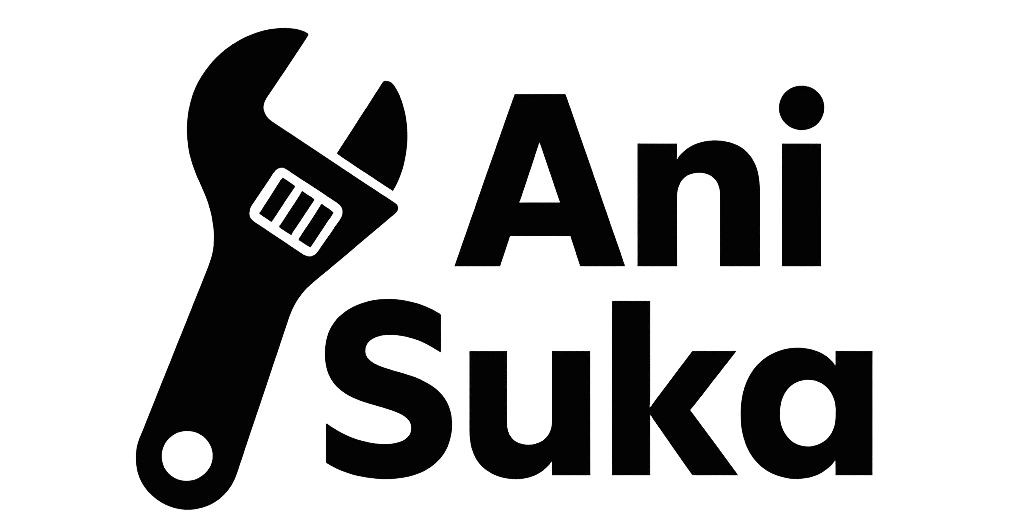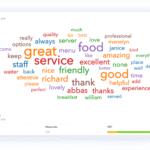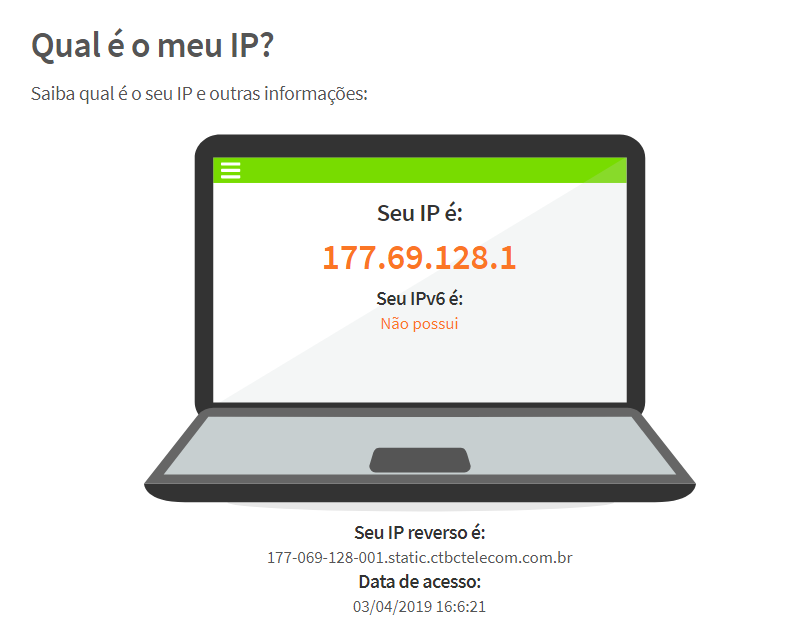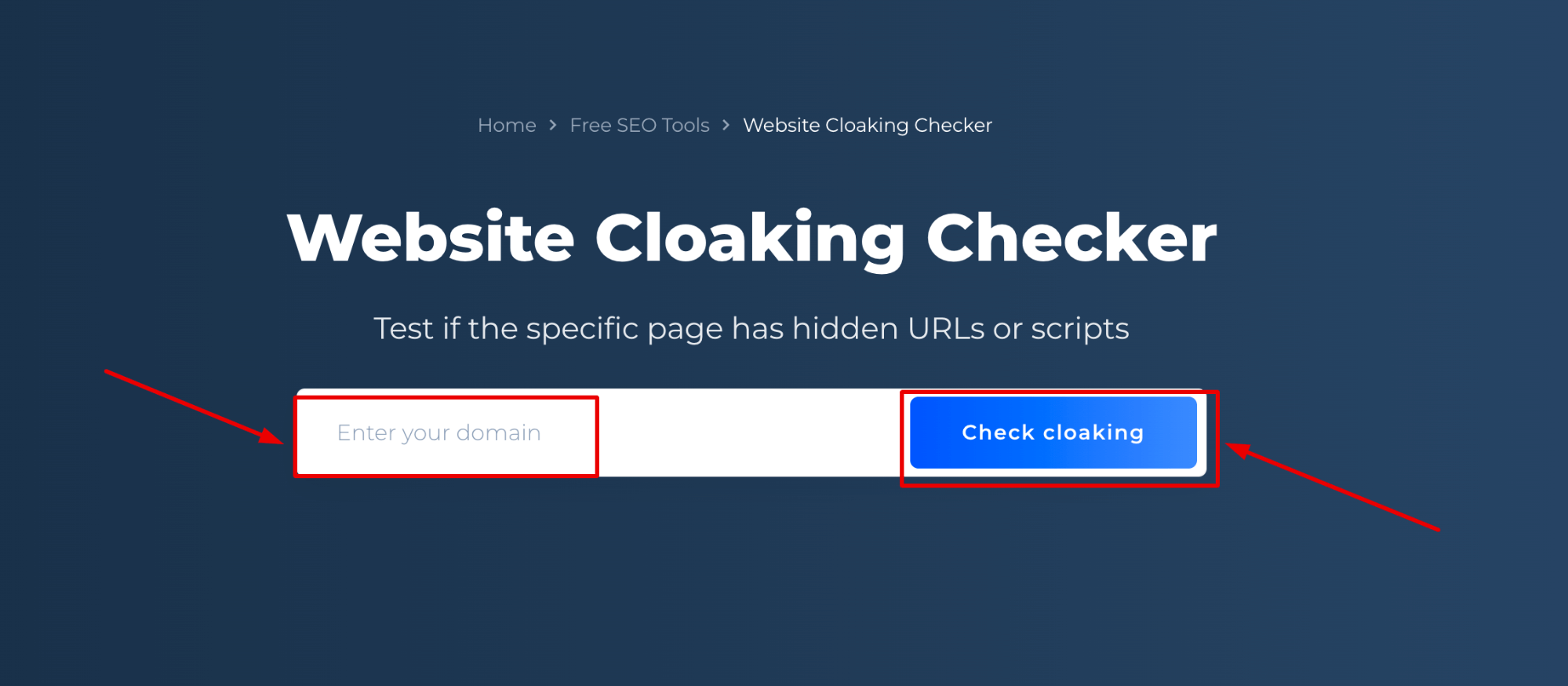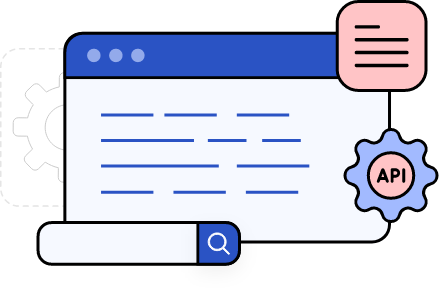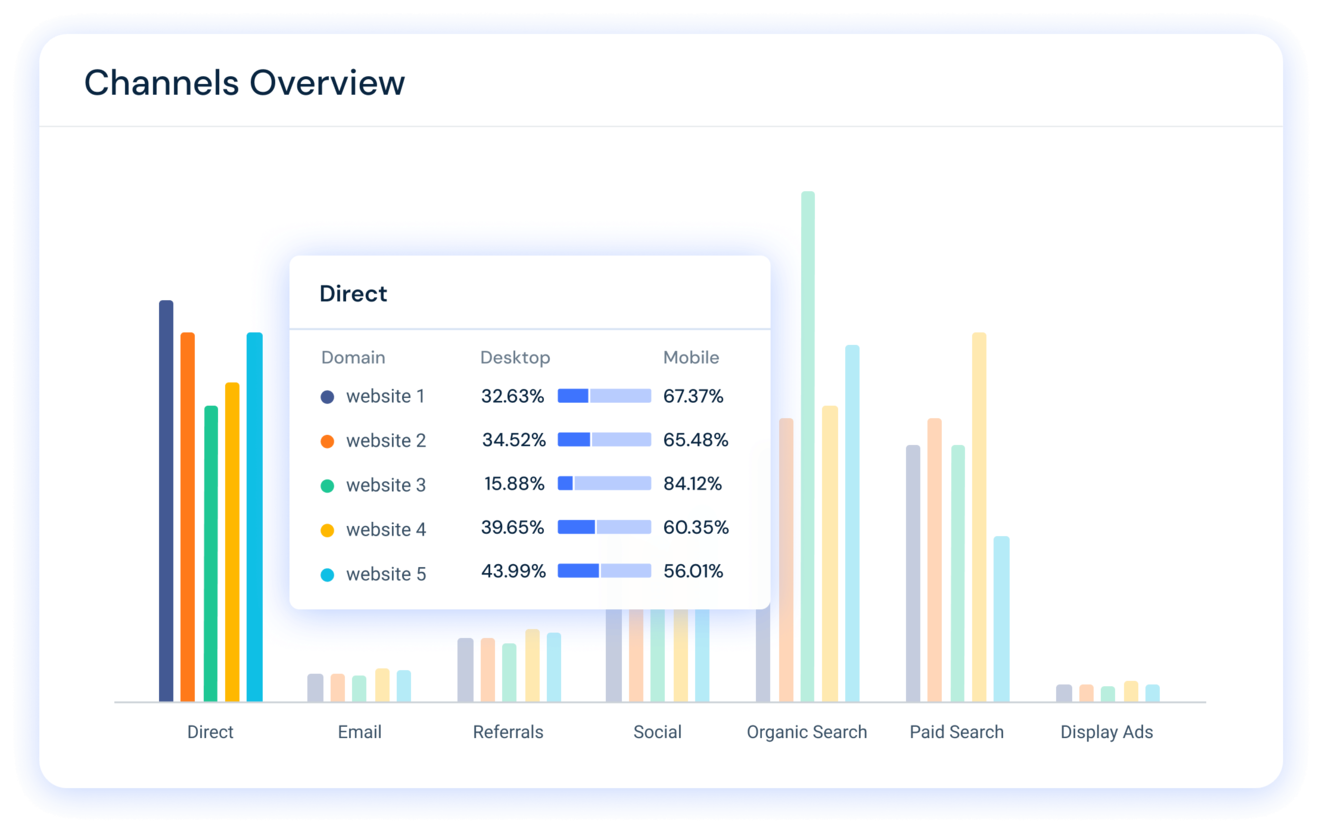Understanding the nuances of SEO can be a complex endeavor, particularly when it comes to deciphering search engine results and rankings. The phrase “Page 1 of 0 smallseotools blog” may seem cryptic, but it encapsulates a common issue faced by many in the realm of digital marketing and content creation. Let’s delve into the world of SEO tools and strategies to uncover the mysteries behind this phrase and learn how to harness the power of SmallSEOTools for optimal results.
SmallSEOTools offers a suite of tools that can be a game-changer for those looking to improve their website’s visibility. But before one can reap the benefits, understanding what “Page 1 of 0” means in the indexing context is crucial. Additionally, knowing how to effectively use these tools and interpret SEO results can avoid common optimization mistakes and lead to better positioning on search engines like Google.
What is “Page 1 of 0” in the context of indexing?
When faced with the message “Page 1 of 0,” users are often left scratching their heads. This message often appears when a search query yields no results, indicating that there are no indexed pages matching the criteria. It can stem from various issues such as improper indexing, site errors, or simply a lack of content relevant to the search terms. Understanding this message is the first step in diagnosing and addressing SEO issues.
Indexing is a critical process in which search engines organize information before a search to enable fast responses to queries. If your content isn’t indexed, it won’t show up in search results, rendering it invisible to prospective visitors. Ensuring proper indexing is therefore crucial for any SEO strategy.
Factors such as website structure, sitemaps, and the correct use of robots.txt files can influence indexing. Regularly checking the index status of your pages using tools like Google Search Console can help you stay on top of any indexing issues that may arise.
It’s also important to consider the quality and relevance of your content. Search engines aim to provide the most relevant results, and content that offers value and answers user queries is more likely to be indexed and ranked favorably.
How to use SmallSEOTools for better results?
SmallSEOTools is a comprehensive toolkit that offers a wide array of resources to optimize your website’s performance on search engines. To use these tools effectively, start by conducting a thorough analysis of your website using the SEO Checker. This tool provides insights into areas such as meta tags, page quality, and links.

Another powerful feature is the Keyword Position Checker, which shows where your website ranks for specific keywords, providing a clear picture of your SEO efforts and progress. Additionally, the Plagiarism Checker ensures that your content is original and not inadvertently duplicated, which is crucial for maintaining SEO integrity.
SmallSEOTools also offers a Backlink Maker, which can help generate high-quality backlinks, a key factor in enhancing your site’s trustworthiness and authority. Remember, consistent use of these tools can lead to continuous improvement in your SEO strategy.
Benefits of using free SEO tools
- Cost Efficiency: Free tools like those offered by SmallSEOTools allow individuals and small businesses to perform essential SEO tasks without incurring the costs associated with premium tools or professional services.
- Accessibility: These tools are easy to use and accessible to anyone with an internet connection, democratizing the field of SEO.
- Comprehensiveness: Despite being free, these tools provide a wide range of functionalities, from keyword research to backlink analysis, covering most SEO needs.
- Learning Opportunity: For beginners, free tools serve as an educational platform to learn SEO basics and advanced concepts through practical application.
Interpreting search results in blogs
Interpreting search results is a critical skill in SEO, as it allows you to understand how your content is being perceived by search engines and users. When analyzing blog search results, pay attention to keyword relevance, the freshness of content, user engagement metrics such as time on page, and bounce rates. This information can guide content updates and optimization strategies.
Additionally, look at the search intent behind the keywords you’re targeting. Are users looking for information, looking to make a purchase, or seeking a particular service? Aligning your content with user intent increases the likelihood of a favorable ranking.
Don’t forget about the importance of meta descriptions and titles; these elements play a significant role in click-through rates (CTR) from search results. They should be compelling and accurately reflect the content of the page to entice users to click.
Useful tutorials for using SmallSEOTools
For those new to SmallSEOTools or looking to expand their knowledge, numerous tutorials can help you make the most of the platform. Whether you need guidance on keyword research, backlink analysis, or optimizing your content for SEO, these tutorials provide step-by-step instructions and tips for users of all levels.
Exploring video tutorials on platforms like YouTube can also be beneficial. For instance, this video offers insightful tips and demonstrates the practical application of SmallSEOTools in real-world scenarios.

Improving web positioning with practical tips
Improving your website’s positioning in search engine rankings requires a strategic approach. Start by ensuring that your website is mobile-friendly and has a fast loading speed. These factors not only affect user experience but are also considered by search engines when ranking sites.
Focus on creating high-quality, engaging content that addresses the needs and questions of your target audience. Use relevant keywords naturally throughout your content, including in headings and subheadings, to signal to search engines the topics your pages cover.
Building quality backlinks from reputable websites is another vital component of SEO. These links act as endorsements, signaling to search engines that your content is valuable and trustworthy.
Regularly monitor your SEO performance through analytics tools to identify what’s working and areas that require improvement. This data-driven approach allows for agile adjustments to your strategy, ensuring your efforts yield the best possible results.
Frequently asked questions about SEO and SmallSEOTools
What does “Page 1 of 0” mean in SEO?
In SEO, “Page 1 of 0” typically indicates a lack of search results for a specific query. This can be due to various reasons such as non-indexed pages, search algorithm updates, or a mismatch between the search terms and available content. Understanding this concept is essential to troubleshoot and improve your SEO strategy.
How can I improve my positioning on Google?
To improve your positioning on Google, focus on producing high-quality content that aligns with your audience’s search intent, optimize your site’s technical SEO elements, acquire authoritative backlinks, and maintain an active presence on social media to enhance your brand’s visibility and trustworthiness.

What tools does SmallSEOTools offer?
SmallSEOTools offers a suite of free tools, including a plagiarism checker, keyword position checker, backlink maker, and SEO checker, among others. These tools help you analyze and optimize your website’s SEO performance comprehensively.
How do I interpret SEO results?
Interpreting SEO results involves analyzing various metrics such as traffic, rankings, backlinks, and engagement. It’s important to review these metrics in the context of your SEO goals and adjust your strategy accordingly to achieve the best outcomes.
What are common mistakes in SEO optimization?
Common SEO optimization mistakes include neglecting mobile optimization, using duplicate content, overlooking meta descriptions and title tags, ignoring user experience, and failing to update content regularly. Avoiding these pitfalls can greatly enhance your SEO efforts.
 Page 1 of 62 smallseotools blog.
Page 1 of 62 smallseotools blog.